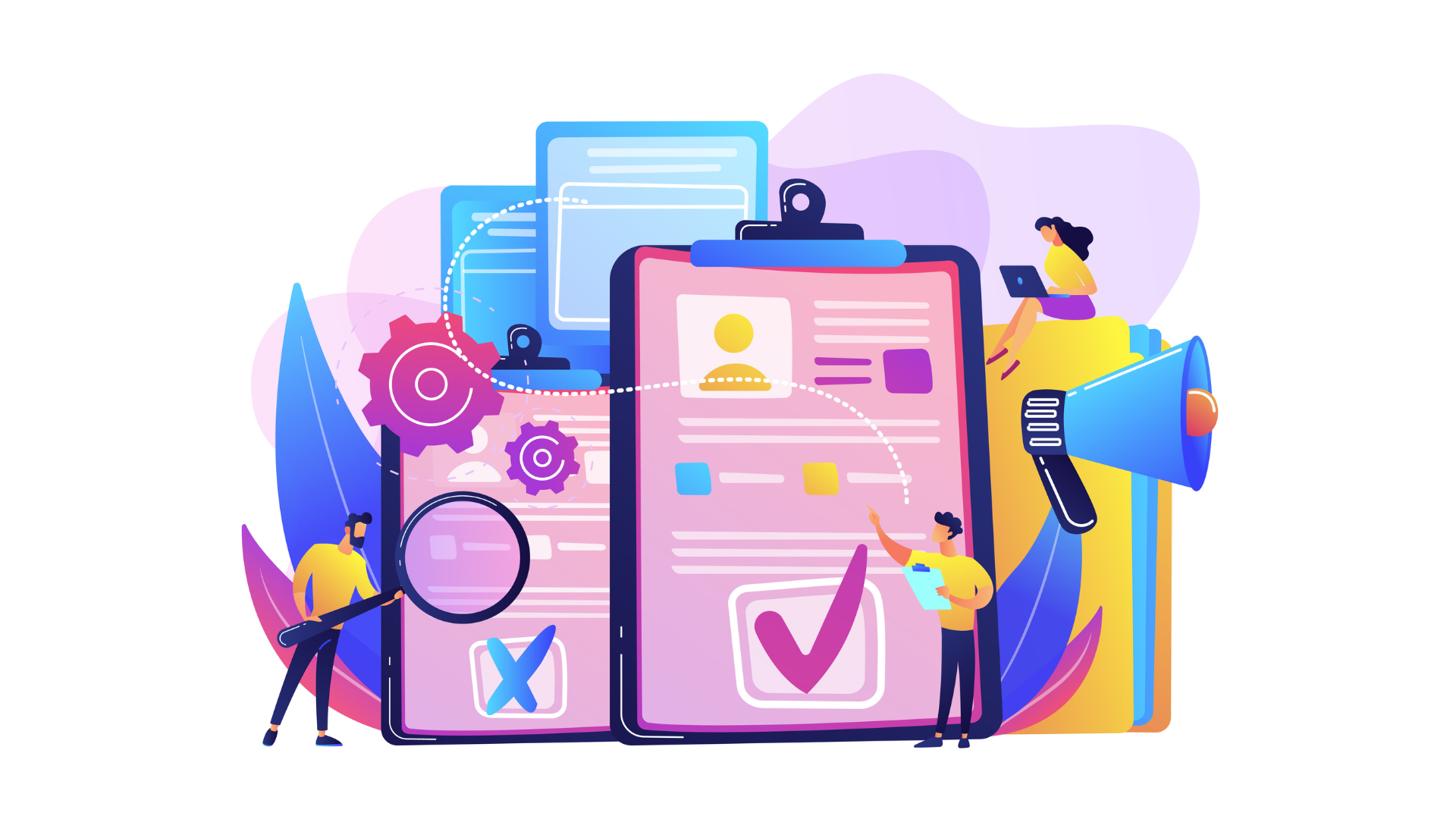
As business people, you’re probably familiar with the two different business types: B2B and B2C.
However, you may not be familiar with how the two differ when it comes to marketing products and services to their target audiences.
B2B or Business-to-Business marketing focuses on logical purchasing decisions to improve business operations while staying on budget, while B2C or Business-to-Consumer marketing focuses on the individual’s emotion-driven purchasing decisions.
To put more details to it, In B2C marketing, your customers purchase your goods because of the messaging and values behind them—not simply because the product exists. For example, Nespresso has a loyal fanbase because the company allows consumers to brew high-quality espresso conveniently. Nespresso eliminates the issue of wanting good coffee but not having enough time to brew.
The uniqueness of B2C lies in its human connection to customers, exceedingly more than B2B. While B2C targets individuals, B2B sells to businesses, entrepreneurs, and decision-makers—and companies who can’t differentiate are bound to doomsday.
Often, the largest problem that marketers face is not understanding who their audience is and how to enter their space and engage them. Understanding who your market is and how to vibe on their channel is the strategy to your outreach strategy.
In this article, we parse the difference between B2C and B2B marketing strategies so you can get heard by the right people and build a loyal customer base.
Digging the Divide Between B2B and B2C Marketing
B2B and B2C campaigns are defined by the marketing strategies they use to reach their audiences. In many ways, campaigning in both industries looks the same. Both use email as a primary source to reach out, for example. But just because the same marketing platform works for B2B and B2C companies, doesn’t mean the two are marketing to the same audience—and that’s the other defining factor.
It’s still essential to identify the difference between the two. Doing so lets you better strategize your marketing efforts for your target audience and connect with the right people.
The line between B2B and B2C marketing is, well, marked by five big road signs:
- Customers
- Potential sales volume
- Customer’s budget
- Purchaser’s journey
- Content strategy
Here’s the breakdown:
1. Who Is the Customer?
The first defining factor of a B2B versus a B2C business is who is served.
On one hand, B2C companies aim to fulfill the needs and interests of individual customers. This means that you’re selling to anybody. For example, while grocery stores, Netflix, and Uber appeal to businesses, the majority of their customer base is individual customers.
B2B businesses, on the other hand, are focused on selling to other businesses. Businesses that sell to other businesses typically focus on products and services like software, content marketing, and manufacturing equipment that improve their operations and allow them to make more profits.
2. What’s the Potential Sales Volume?
The volume of sales a business aims for is generally greater for B2B businesses and less for B2C. That’s because B2C marketing strategies are typically more inclusive—B2C companies get to cast a wide net and still expect good returns, but when it comes to the more focused world of B2B marketing, there are just not as many fish in the sea.
B2C campaigns can reach anyone interested in the product, even those that aren’t the intended buyers. For example, if Coca-Cola markets to teenagers with trendy promos, its products could still reach older audiences looking to purchase soft drinks for a party.
B2B marketing campaigns must narrow down even further by industry, business size, revenue, and much more when identifying their target audience.
3. How Big Is the Customer’s Budget?
The purchasing power of a business’s target customer has a lot to do with whether that business markets to other businesses or individuals—there’s a wide gap between an average Joe’s budget for products and a corporation’s financial resources.
For example, a gym may spend five figures on a piece of high-line exercise equipment, whereas the majority of individuals would opt for a lesser line for their little home gym (or get a membership to a nice gym). That’s because companies have a higher budget to improve their operations and sales. And, as you know, it takes different tactics to sell a $15 item versus marketing a $15,000 product.
B2B businesses must provide a detailed and comprehensive description of the product or service it sells and be able to demonstrate the value of that product or service to the potential business customer.
A B2B typically provides its buyers with data sheets, reviews from third-party sites, or customer interviews on its product or service. In contrast, B2C businesses take a more simplistic approach that centers more on marketing tactics like ads and visuals.
4. What’s the Purchaser’s Journey?
In addition to the amount a business’s customer typically spends on its products or services, the type of customers that the business targets are also defined by their purchase journey—or how long it takes to complete a transaction.
Purchase decisions in the B2B market involve multiple decision-makers including finance, accounting, and procurement departments, and each consultation adds more time to the process—think calls to more than one person within the company and business proposal meetings to align multiple decision-makers in the purchase.
The purchasing journey is relatively more straightforward for B2Cs because consumer marketing typically relies on fewer decision-makers, which cuts the transaction process time.
Marketers in the B2B space must invest more time in cultivating relationships with its final purchase decision-makers than B2Cs with their customers, to allot due respect to the B2B buyer’s increased responsibilities.
5. What’s Your Content Strategy?
When it comes to B2C content strategy, B2C businesses must focus on entertaining, educating, and inspiring their audiences with stories that build emotional connections.
Take Nike’s marketing style as an example of B2C marketing. Nike connects with individual customers by focusing on catching the emotions of its target audience rather than selling the product.
A Nike advertisement with the quote, “Believe in something. Even if it means sacrificing everything.”
Source: Business Insider.
Though Nike sells athletic products, the company focuses its marketing on customers by using an emotional tone—”Believe in something. Even if it means sacrificing everything.” Nike knows that an emotional tug like the one you feel when you read this quote is what makes you, its customer, feel an emotional connection to the brand and be more likely to buy from it.
In B2B, the content strategy focuses on sharing knowledge and data. That’s because a B2B business’s target customers want to understand how the products or services can improve their business operations, increase ROI, and save money.
Here’s an example of a B2B content strategy by Salesforce. Salesforce’s B2B campaigns are a good example of B2B marketing that focuses on showcasing facts, figures, case studies, and other forms of persuasive material that concretely evidence why their product or service is worth the investment.
An ad campaign by Salesforce.
Source: Salesforce.
In this ad, Salesforce highlighted facts and data in a simple way that’s easy to understand. It provides a great overview of their prospect’s pain points in a new world and how important it is to connect with customers in real-time despite any data privacy changes.
B2B and B2C Success: Aim for the Right Target
Despite the online platforms blurring the line between B2B and B2C marketing, it’s clear that they still have key differences like the ones we’ve mentioned.
To succeed in either, you need to understand who your target customers are and what they need from you. From that, you can strategize your outreach marketing efforts accordingly—from your products to your content strategy.
And if you’re looking for professional help with your outreach marketing, we’re happy to help. ScaleUpSales has been a helping hand to hundreds of B2B and B2C companies, and we’re excited to share that experience and expertise with you.
Contact us today to get started.




